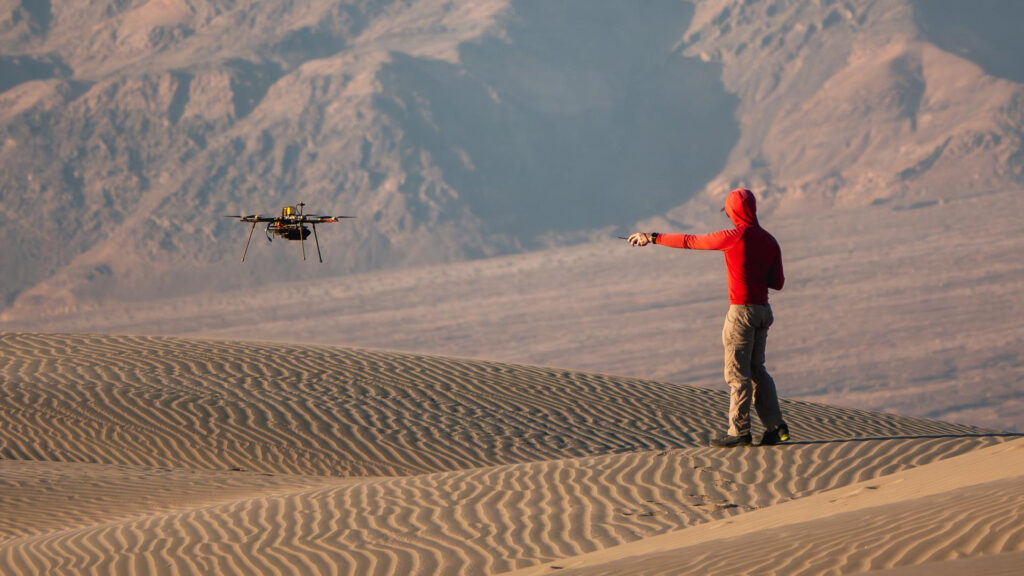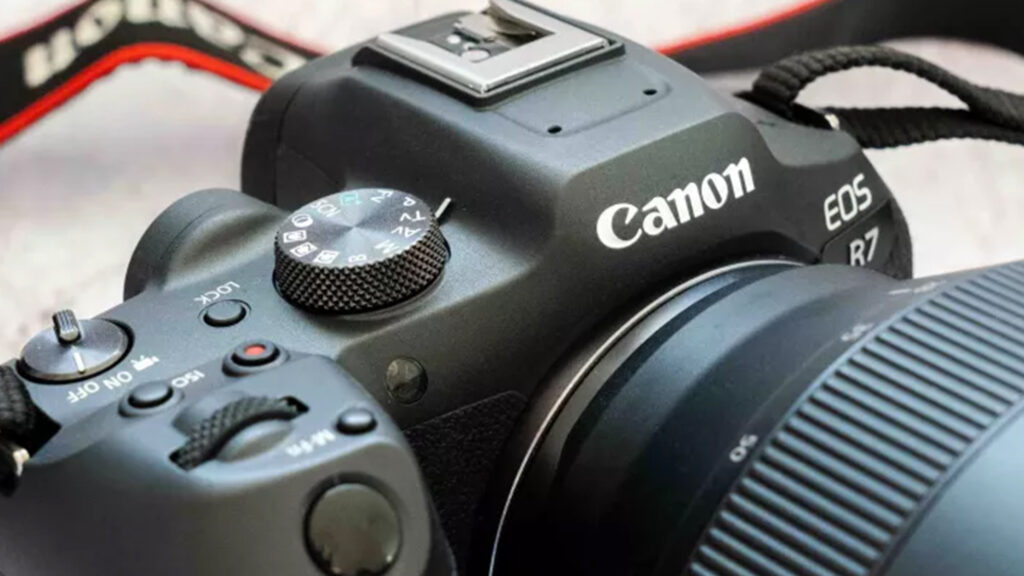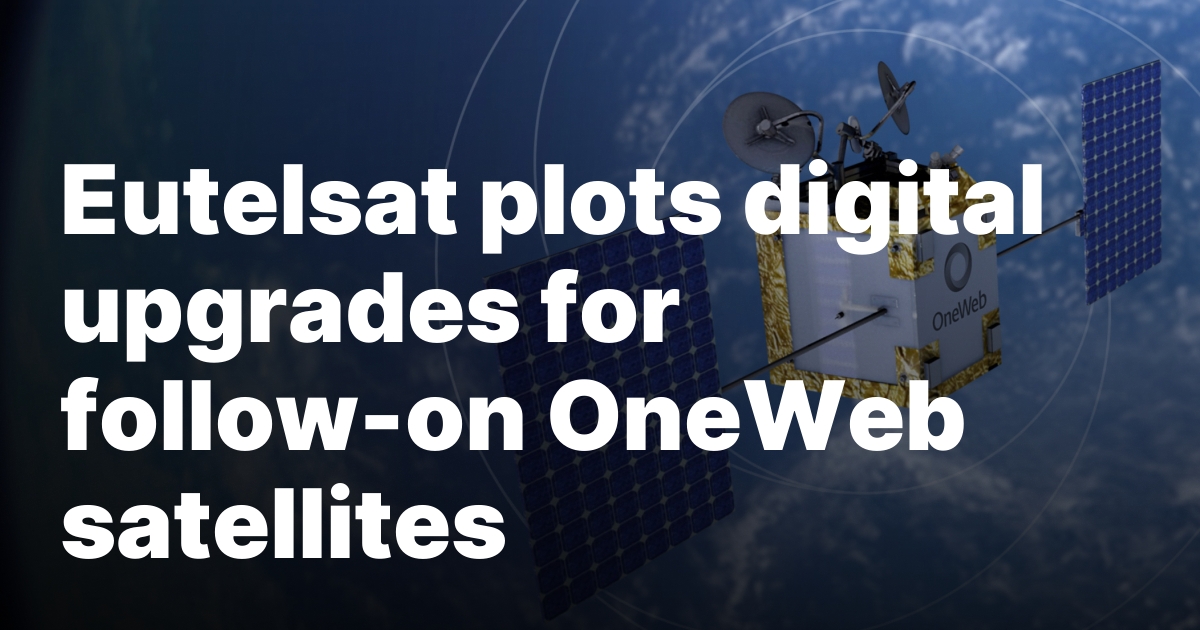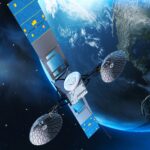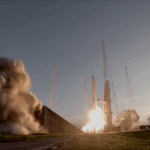Now Reading: After the Arecibo collapse in 2020, a lone NASA radar dish in the Mojave desert stepped up as a leading asteroid hunter
-
01
After the Arecibo collapse in 2020, a lone NASA radar dish in the Mojave desert stepped up as a leading asteroid hunter
After the Arecibo collapse in 2020, a lone NASA radar dish in the Mojave desert stepped up as a leading asteroid hunter
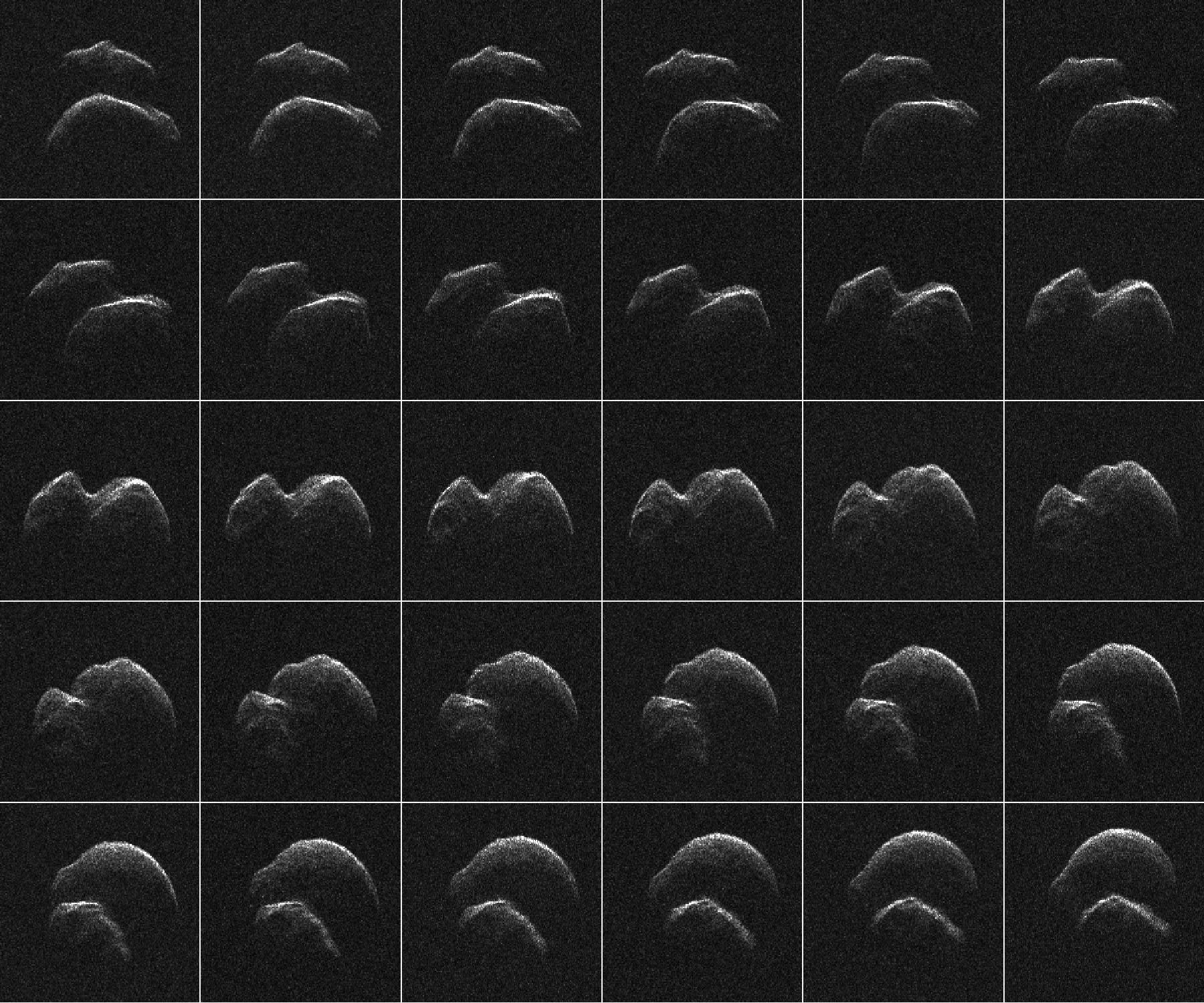
Rising out of the remote Mojave Desert, NASA’s Goldstone Solar System Radar is a solitary satellite dish that communicates with spacecraft. In its downtime, the facility’s antennas can track objects in space as they pass by Earth, improving measurements of their orbits that help scientists calculate if a particular target has a chance of colliding with our planet. By the end of 2024, Goldstone had detected 55 Near-Earth Asteroids, setting a new annual record for the facility.
In 1968, scientists used Goldstone to make the first radar asteroid observations. In the decades that followed, researchers leaned more heavily on the Arecibo Observatory, a larger dish in Puerto Rico that could make more detailed studies. “While Arecibo was in operation, about 2.5 times as many binary system satellites had been found there relative to Goldstone,” asteroid hunter and planetary scientist Lance Benner, of the Jet Propulsion Laboratory, told Space.com by email.
But the unexpected 2020 collapse of Arecibo left Goldstone as the new heavy hitter. According to Benner, the number of binaries identified by Goldstone is comparable to those found at Arecibo. Benner, who uses Goldstone to observe known asteroids, updated the planetary science community on the status of steroid radar observations made to Goldstone in March, at the 56th annual Lunar and Planetary Sciences Conference in Houston, Texas.
A ‘significant uptick’
Asteroids are leftover bits from the dawn of the solar system, and have the potential to reveal information about those formative years. Of the 37,255 known near-Earth asteroids, only 1127 have been observed by radar, and 512 of those were observed by Goldstone. Since the fall of Arecibo, 199 NEAs have been detected at Goldstone; 154 of them were detected for the first time by radar. Of those, 112 were classified as potentially hazardous asteroids.
While asteroids are more easily discovered with optical telescopes, radar images shine when it comes to details. Radar can help astronomers study the physical properties of the asteroids, including their shapes, sizes, rotation states, surface features like roughness, and radar reflectivity.
“Some images obtained with radar […] rival the resolutions of spacecraft flyby missions,” Benner said.
All of this can help scientists better understand the structure and composition of the asteroids as they buzz by Earth. Radar can also help to refine the asteroid’s path through space, which can help researchers determine how likely it is to collide with Earth in the future.
And radar shines when it comes to companions. Because it provides the equivalent of an up-close look at the space rocks, it can determine when asteroids are in binary pairs or even triple systems. Of the 75 binary and triple asteroid systems observed by radar since 2000, 70% were discovered using radar.
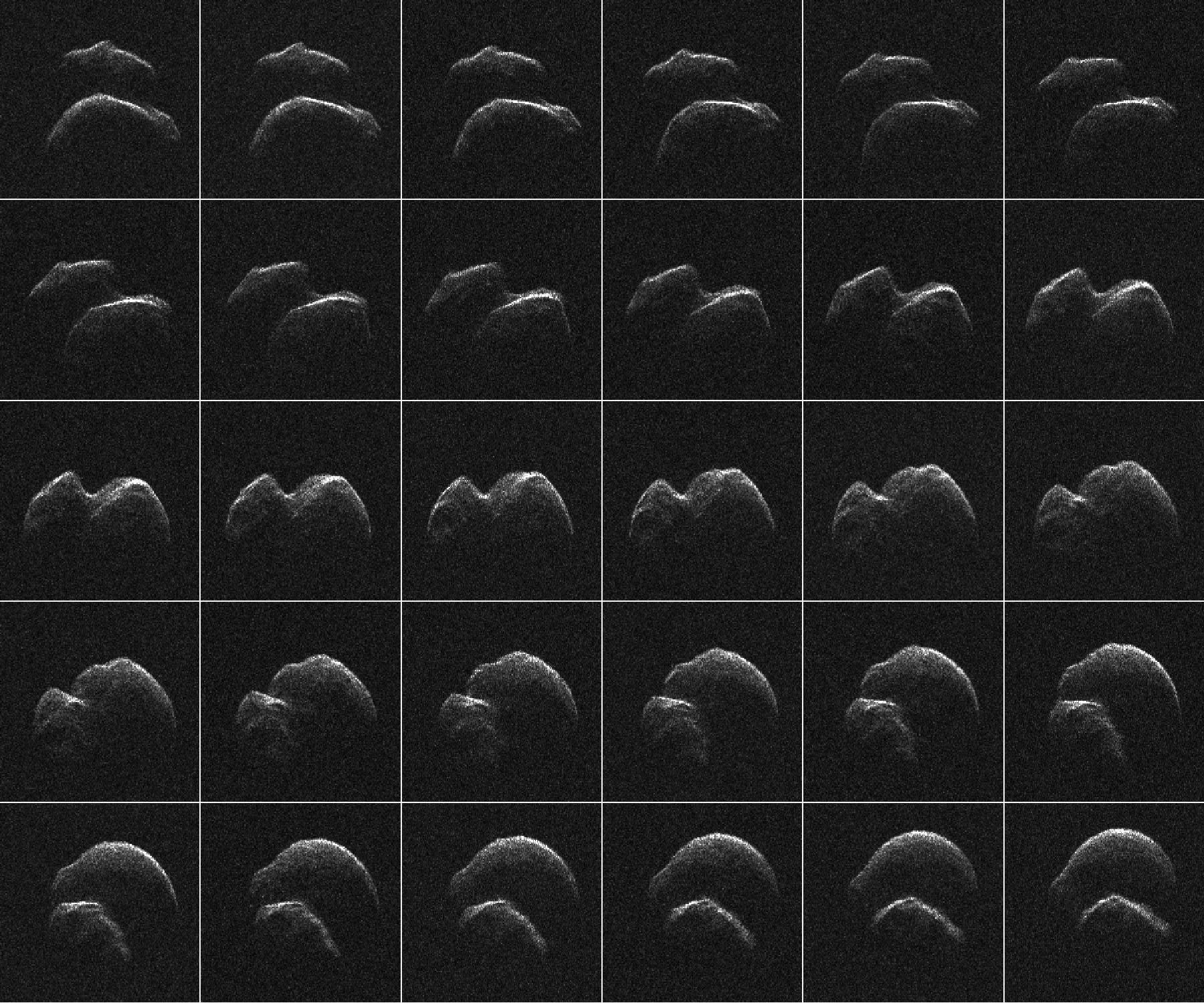
From 2021 to 2024, Goldstone’s DSS-14 radar antenna observed 19 binary systems, identifying 14 of these for the first time. Goldstone even helped revise some of Arecibo’s findings; the system 1998 ST27 was formerly classified as a binary from previous observations, but has now been reclassified as a triple thanks to Goldstone.
Observations of these NEAs are generally scheduled well in advance, though there are occasionally opportunities to study a newfound asteroid on short notice. In some months, Benner said, there might be observations anywhere from 10 to 15 days, while in other months hunting asteroids is regulated to only a handful of days.
The process has become more flexible in recent years. In the past, would-be-observers had to obtain permission from more then 20 government agencies or military units who control restricted airspace surrounding the Goldstone Deep Space Communications Complex. “Obtaining approval could take several days, and in some cases, the asteroids had moved too far from Earth by the time we got approval to take full advantage of the observing opportunities,” Benner said.
That requirement is no longer necessary. Observers no longer need to get approval to transmit toward specific parts of the sky and at specific times. “This gives us the ability to change targets on the fly,” Benner said.
That, in turn, allows for a rising number of asteroids to be studied. “There are now so many asteroids known — and being discovered, sometimes more than 200 per month — that there are usually multiple asteroids within our range of detection every day, so flexibility with observing is really important,” Benner said.
The greater flexibility has led to an increase in asteroid observations from the Mojave. The 55 NEAs detected at Goldstone in 2024 represents a 1.5x increase relative to the average from 2012 to 2018, and a five-fold increase compared to 15 years ago.
“Overall, there has been a significant uptick in time allocated at Goldstone for radar observations,” as priority for radar observations is now considered comparable to space missions, Benner said.
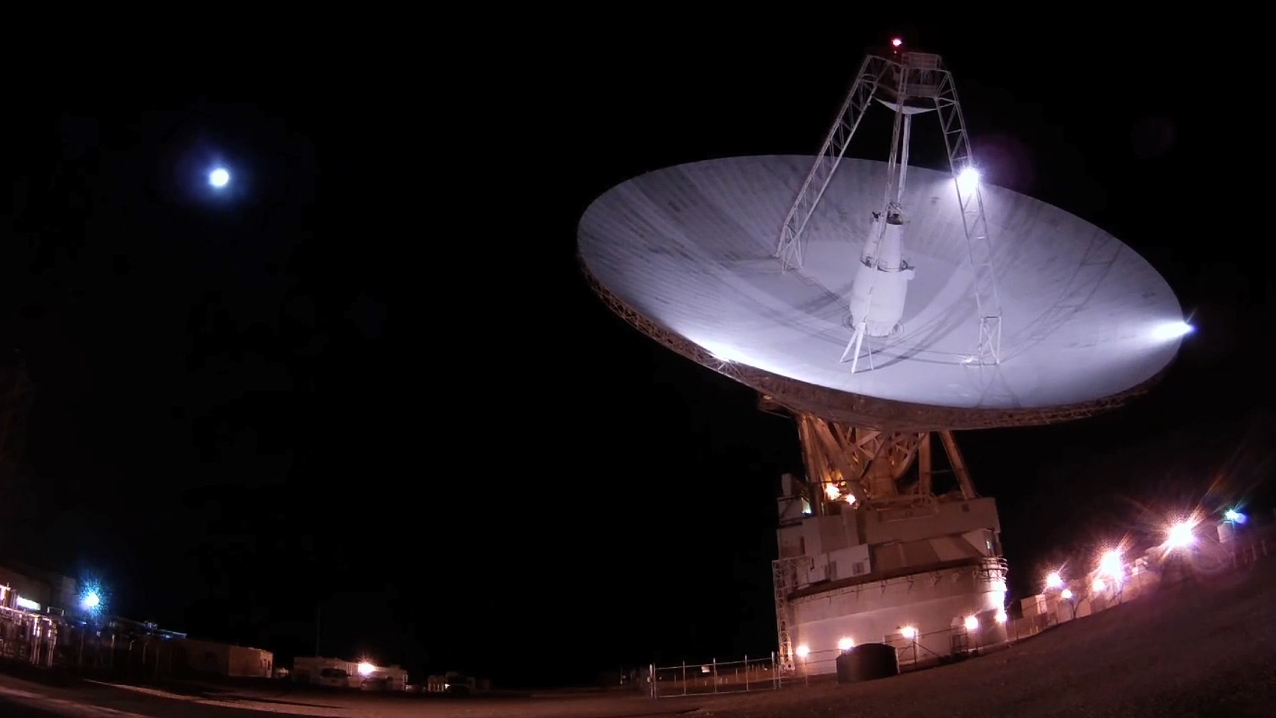
Blast from the past
RELATED STORIES:
Goldstone saw first light in December 1958, immediately after NASA was created and just in time to support the agency’s Pioneer 3 mission to the moon. The Pioneer Station, an 85-foot (26-meter) polar mounted antenna, was the first to be constructed at Goldstone, and went on to support multiple spacecraft as well as the Apollo missions. It was officially shut down in 1981, and in 1985 was declared a National Historic Monument due to its role as the first deep space antenna in the Deep Space Network.
The first observation of an asteroid using a radar telescope was made of asteroid (1566) Icarus in 1968 at Goldstone and later the then-functioning Haystack Observatory. At the time, Icarus was a subject of extreme interest as it made its closest approach to Earth. Goldstone antennas have also been used to study other objects in the solar system, such as the moon.
Goldstone was the first of three instruments that today make up NASA’s Deep Space Network. Along with dishes in Canberra, Australia and Madrid, Spain, the network communicates with ongoing missions, including continuing to keep in contact with the Voyager 1 and Voyager 2 spacecraft, the most distant human-made objects in the solar system.
More than 40 missions have depended on the network, and it is expected to support twice that number in the coming years.
Stay Informed With the Latest & Most Important News
Previous Post
Next Post
-
 012024 in Review: Highlights from NASA in Silicon Valley
012024 in Review: Highlights from NASA in Silicon Valley -
 02Panasonic Leica Summilux DG 15mm f/1.7 ASPH review
02Panasonic Leica Summilux DG 15mm f/1.7 ASPH review -
 03From Polymerization-Enabled Folding and Assembly to Chemical Evolution: Key Processes for Emergence of Functional Polymers in the Origin of Life
03From Polymerization-Enabled Folding and Assembly to Chemical Evolution: Key Processes for Emergence of Functional Polymers in the Origin of Life -
 04How New NASA, India Earth Satellite NISAR Will See Earth
04How New NASA, India Earth Satellite NISAR Will See Earth -
 05And Thus Begins A New Year For Life On Earth
05And Thus Begins A New Year For Life On Earth -
 06Astronomy Activation Ambassadors: A New Era
06Astronomy Activation Ambassadors: A New Era -
07SpaceX launch surge helps set new global launch record in 2024












